Whether you’re a beginner and want to get better or a veteran in need of a refresher, or looking to learn the game’s new systems, you may be looking for Street Fighter 6 tips to take your game to the next level. As with any fighting game, it helps to have a quick summary of what the game offers, and this how-to-play guide of SF6 tips covers some of the most important basics you’ll need to know. This is our breakdown and tips about how to play SF6.
How to Play Street Fighter 6 Guide: Tips and Tricks
Basic SF6 Controls
For all intents and purposes, Street Fighter 6 is a six-button game. There are plenty of unique mechanics that are activated through a combination of buttons, and any additional buttons on your controller or fightstick can be used as a macro for those combinations. But it’s still a fighter based on six inputs. I’m listing those basic inputs, their abbreviations, and what can be used together for below.
| Basic Buttons |
| LP=Light Punch |
| MP=Medium Punch |
| HP=Heavy Punch |
| LK=Light Kick |
| MK=Medium Kick |
| HK=Heavy Kick |
| Button Combinations |
| LP+LK=Throw |
| MP+MK=Drive Parry |
| HP+HK=Drive Impact |
| Forward+HP+HK(while blocking)=Drive Reversal |
Street Fighter 6 Control Types: Modern, Classic, and Dynamic

Something else that’s new in this fighter is the different types of Control Types. In addition to the Classic Control type, which functions like its predecessors, there is also the option for Modern Controls and Dynamic Controls.
Both of these make for progressively easier education so that anyone can sit down and enjoy a round. For example, Modern Controls relegate Light, Medium, and Heavy attacks to a single button and special moves to two inputs. Dynamic Controls go a step further and let the game automatically attack at certain distances, among other things.
Normal Attacks
At the foundation of every character are their basic Normal Attacks. These are performed by pressing one of the buttons, and some of them can even be strung together into the beginnings of a combo. Generally speaking, they can be performed while standing/neutral, crouching, or jumping/in the air.
Although normals all have different properties and such for each character, they’re basic enough that they aren’t shown or given names in a character’s move list. Those in the community will identify them in general terms such as standing MP or crouching LK. These can be seen as further abbreviated to s.MP or c.LK.
Unique Attacks
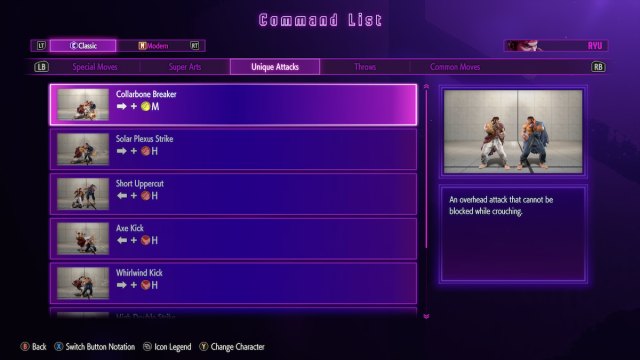
One step above normals are Unique Attacks. These vary from character to character, but they’re typically just one of the basic buttons paired with a directional input or a small string of buttons presses. Taking Ryu for example, his standing MP is a basic jab while pressing forward + MP will lead to his Collarbone Breaker.
Don’t expect every character to have something special for any direction + a button. There are only many Unique Attacks per character, so it’s worth checking out their command list in-game or on our handy SF6 moves list guide.
Special Moves
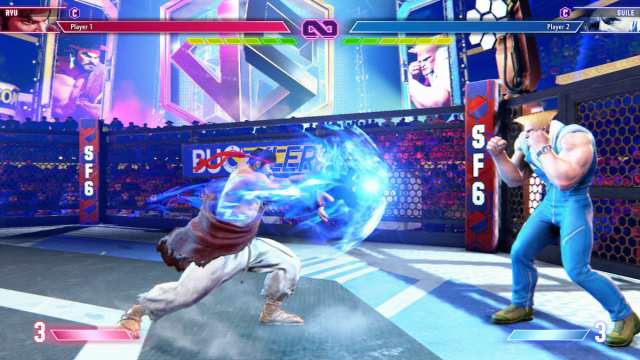
Contrary to the previous naming convention used, these are pretty unique, too. Special Moves typically require a more complicated directional input and might offer different strength levels depending on which button is used.
Ryu’s Hadoken is a great example. This Special Move requires a quarter-circle forward motion (QCF for short) and any punch. If you use QCF+LP, the Hadoken will come out quick but weak, while using QCF+HP will result in a slower but more powerful version.
Further enhanced versions called Overdrive Arts (a.k.a. EX Special Moves from previous titles) can have the best of both worlds while also adding other properties such as armor, or invincibility. Armor allows a move to tank an opponent’s hit without breaking, while invincibility refers to a unique state where an opponent’s attack won’t affect you.
Street Fighter 6 Super Arts
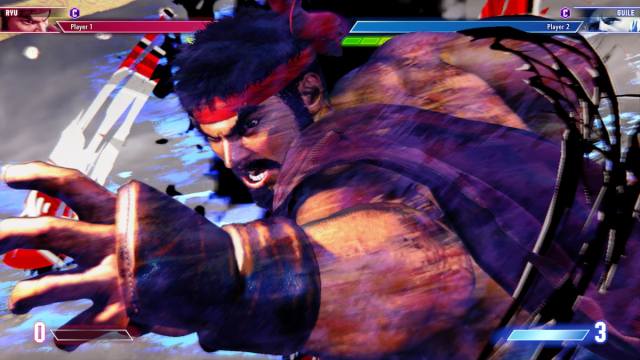
Here’s what you’ll be using to really put the hurt on your opponents. Each character has three Super Arts, each of which consumes 1-3 levels of your Super Art Gauge (SAG). The first move in your Super Arts list will take 1SAG, the second 2 SAG, and the third 3SAG. They typically fall into the categories of powerful attacks, a buffed state that’s sometimes called an “install” super, and lengthy cinematic attacks.
Many Super Arts also have invincibility and/or a unique armor break property that completely ignores an opponent’s armor. Install Super Arts, such as for Jaime or Juri, also act as a timer that slowly drains the Super Arts Gauge.
Staying aware of your Super Art Guage and knowing when to use which super is a key part of whoever you’re playing. Being able to perform them consistently is also very important here, so make sure to practice if you’re having trouble. Inputs that require double quarter-circle motions or unique charge motions can be harder than they look, so I suggest spending some time in training mode to get a feel for them.
Using a Level 3 Super when at 25% or less health will turn it into a Critical Art. These feature different extended animations and deal more damage.
Drive System

Each iteration of Street Fighter has something to set it apart from the rest mechanically. Here, it’s the Drive System. Represented by the Drive Gauge, which are the six green bars underneath each player’s life bar, it allows for each to use the following:
- Overdrive Arts
- Drive Impact
- Drive Parry
- Drive Reversal
- Drive Rush
Each of these universal abilities is immensely helpful. Drive Impact is one of the most unique as it provides two hits of armor for example. Allowing the Drive Gauge to deplete completely will lead to the dreaded Burnout state, which severely limits your options. For a more in-depth breakdown, check out our Street Fighter 6 Drive System guide.
Throws

Heading back into the simple things that don’t require gauge monitoring, we have Throws. These have a universal input of LP+LK. You can throw an opponent forward with F+LP+LK or back with B+LP+LK. These moves inflict respectable damage and are a great response for anyone who is blocking or parrying your attacks.
It’s possible to get out of a throw (a.k.a. “tech” the throw) by pressing LP+LK at the start of it. You’ll need to be very quick to respond, though, which makes the Throw Escape settings in Training mode a wonderful tool. Essentially, you’ll need to anticipate (or almost guess) when your opponent will initiate a throw since the window of opportunity is very low and must occur before the throw is initiated.
Anti-Airs
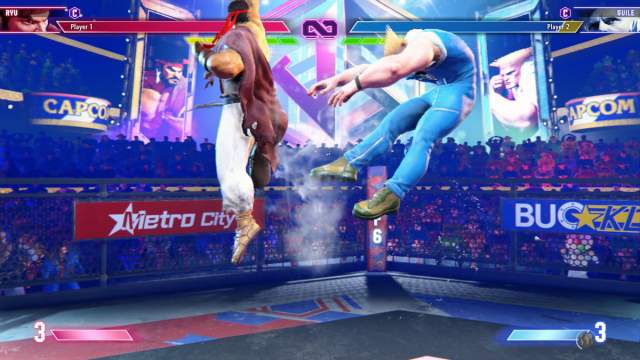
A jumping attack can be a powerful offensive option, and the answer to that is to use an Anti-air attack. Use these to make your opponent think twice about jumping in. These don’t have a universal input, so it’s important to learn how your character of choice performs them. Ryu’s Shoryuken is a notable example, but there are plenty of others to learn.
Some anti-airs also have special anti-air invincibility frames. This means that they will only specifically negate a jumping attack. It’s well worth learning what moves have invincibility and whether they’re only invincible to specific attacks.
Canceling in Street Fighter 6: Understanding Combos
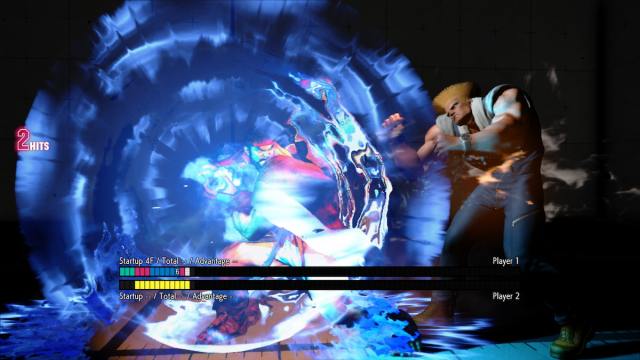
Chaining or Canceling is the basis for creating combos. The trick to doing these is to input the next part of a combo before the current attack finishes. There’s a bit of a rhythm to it, but Street Fighter 6 is pretty generous when it comes to the timing. Since you’ll more than likely be practicing these in training mode, turning on the Frame Meter option can be a big help to better visualize how to extend a combo.
Modern Controls allow you to chain attacks “automatically” by holding down a shoulder button and pressing one attack button in quick succession. I recommend either using the character combo trials and guides in Training Mode or Modern Controls to get a general sense of each character’s animations, start-up times, etc.
Canceling into Supers
It’s not just specials that can be canceled into. It’s possible to do so with Super Arts, as well. Different level supers can only be canceled into from specific types of attacks, though, such as specials only being able to cancel into a Level 3 SA.
Street Fighter 6 Punish Counters Explained
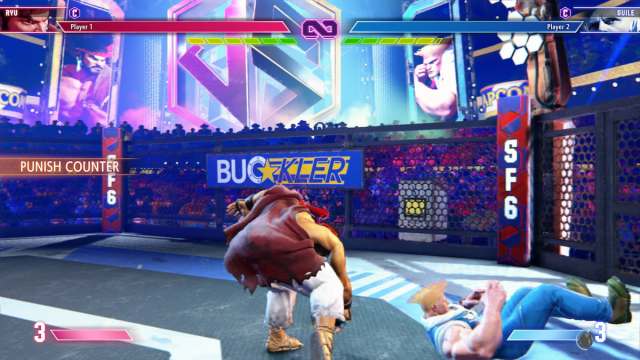
Another new mechanic added to Street Fighter 6 is Punish Counters. These occur when you hit your opponent right after you’ve made or missed their attack. More specifically, it occurs during the recovery frames of the latter’s attack. You might hear this in passing referred to as “Whiff Punishing.” You’ll know if one occurred as a “Punish Counter” prompt will display on-screen.
Most attacks besides Super Arts will deal 20% more damage if landed as a Punish Counter. Throws will deal a noticeable 70% more damage if timed right, except against parries, where they always count as a Punish Counter. If you want to learn the timing of it, I highly recommend going with the “Whiff Punish Practice” settings in Training Mode.
Wake-ups (Okizeme)
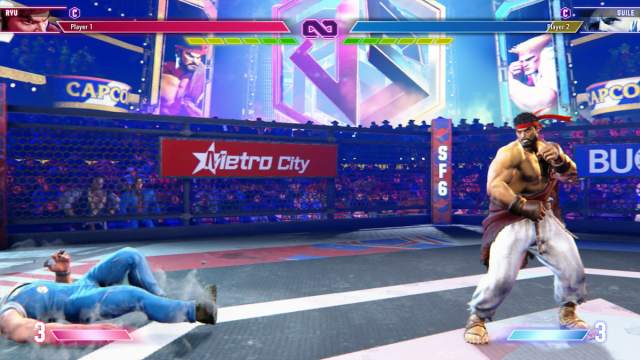
Knockdowns are a natural part of every fight, and they leave the downed player with two Wake-up options: a Normal Rise or a Back Rise. The former is a simple on-the-spot wake-up that occurs after a set amount of time. The latter has you roll away first but requires you to press any two buttons as your character hits the ground to perform it. Check out the “Waking Up” tutorial to gain a better understanding of the two.
It can’t be understated how important the choice between these two is. The wake-up game (called Okizeme/Oki in Japan) is what the community uses to refer to the vital choices made by the players during this period. A defending player needs to choose how to wake-up along with which actions they’ll make afterward, while the attacking player can choose how they want to continue the offensive.
Street Fighter 6 Neutral Game
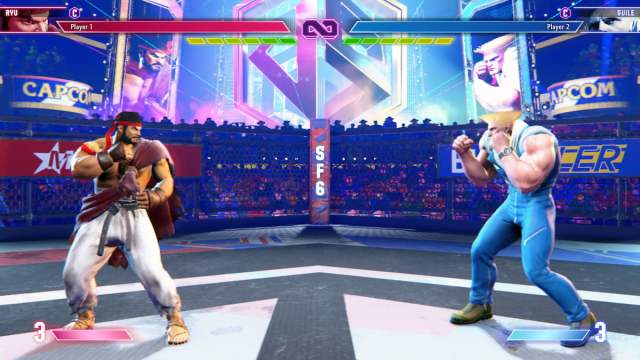
Neutral refers to when punches and kicks aren’t being traded with each other, and no one is at the mercy of another’s combo. Just as at the start of a round, it’s the period where both players are moving and trying to figure out how to break the other’s defense.
Different characters will have different priorities during this time. Some might have great long-reaching attacks to poke and maybe open the other up, while others can safely throw out projectiles from a distance. The “Mid-Range Positioning & The Neutral Game” tutorial wonderfully explains the ins and outs of this.
That covers our series of tips for how to play Street Fighter 6. If you’d like to read our thoughts about the highly anticipated return of Capcom’s premiere fighter, we’ve got a review up now. Everything else street fighting-related can be found with our Street Fighter 6 guides hub.





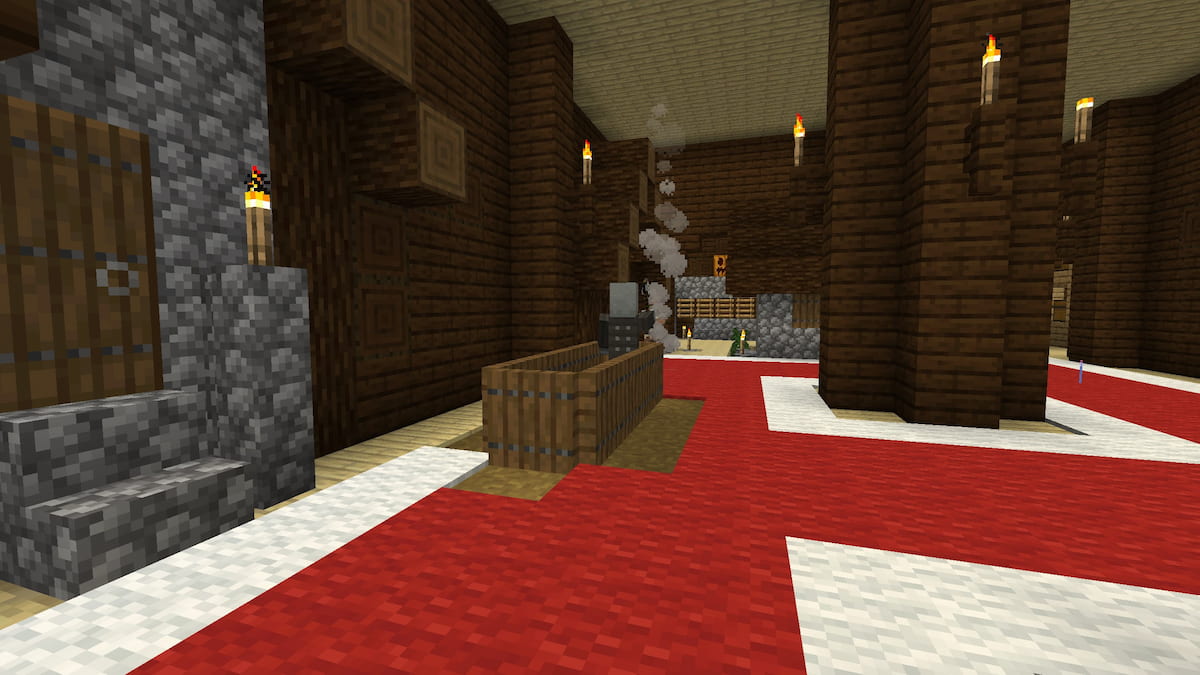
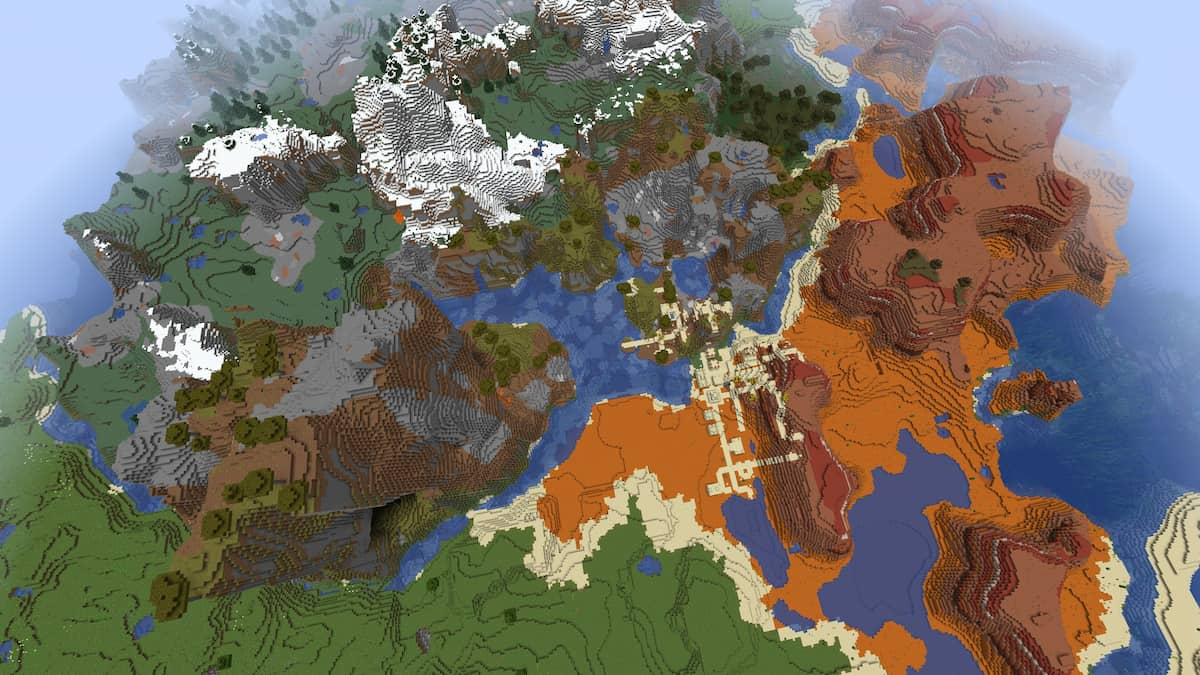
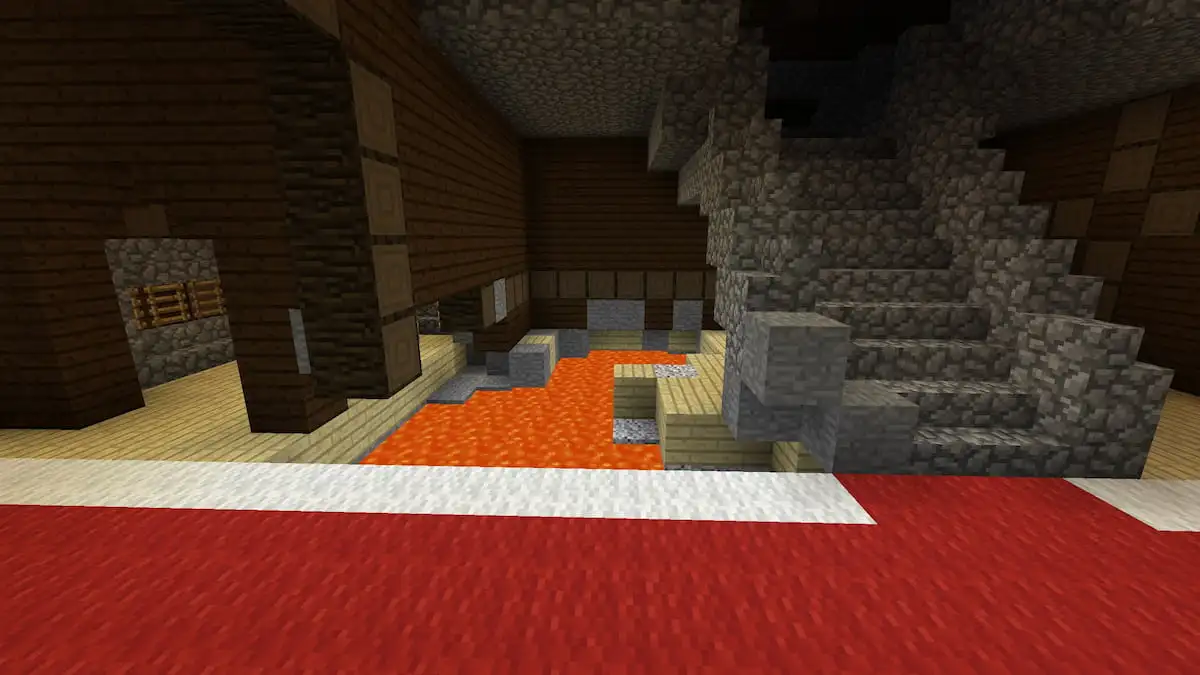
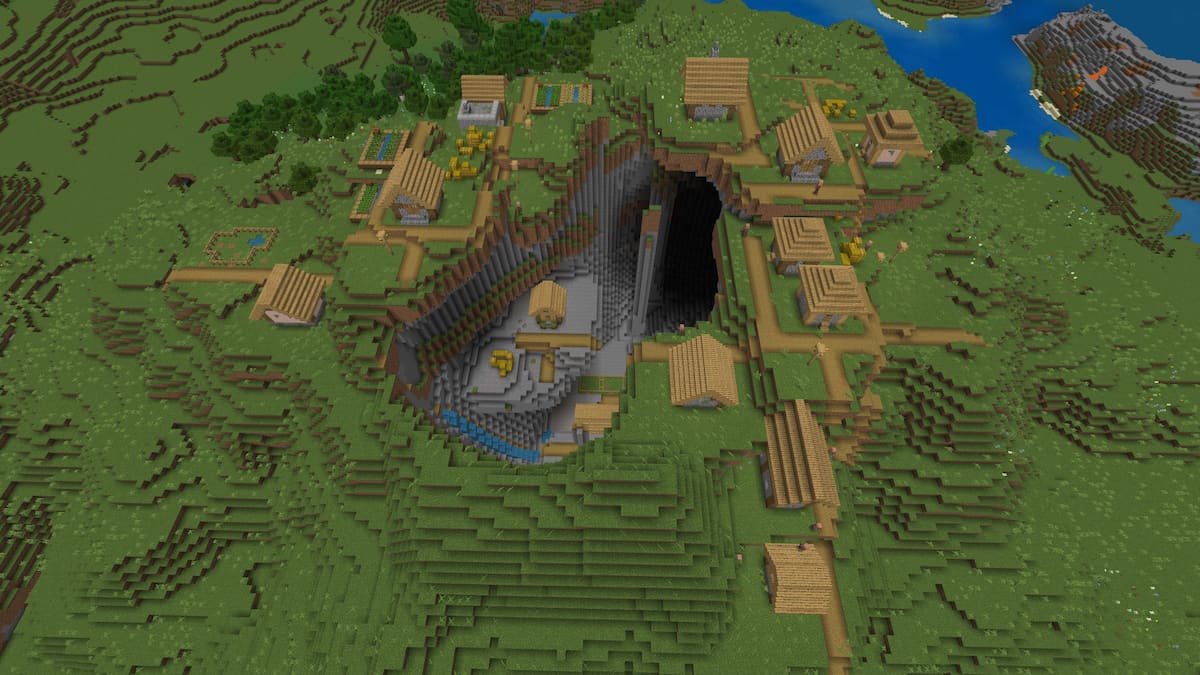
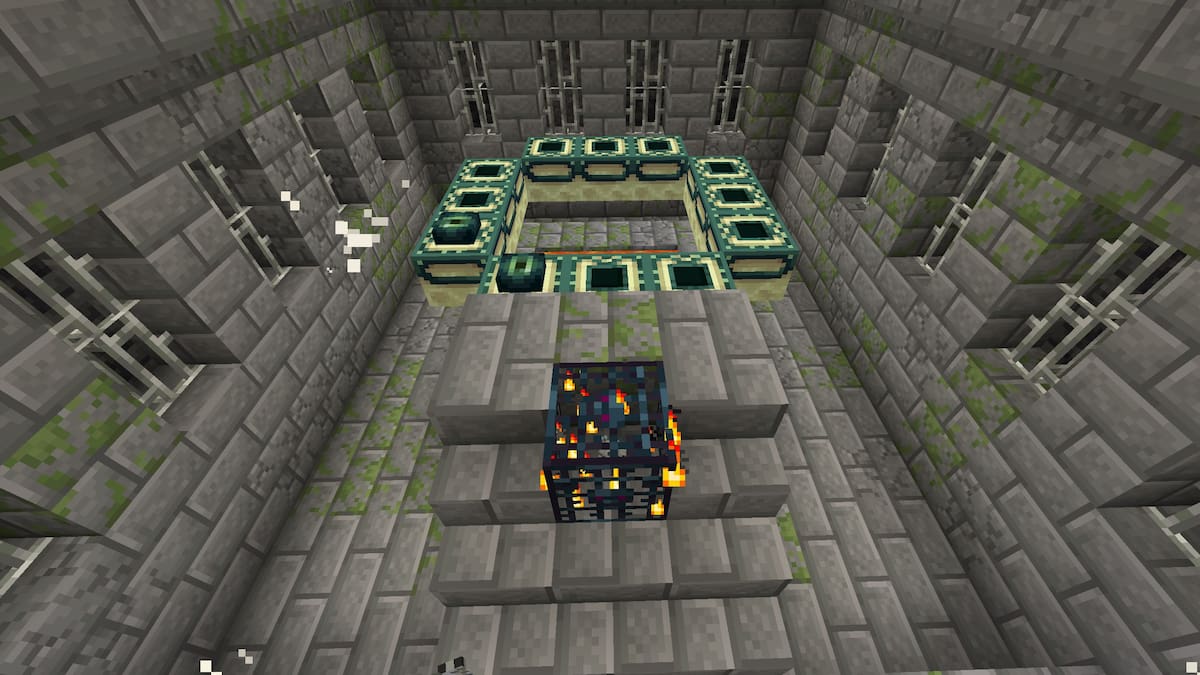
Published: Jun 7, 2023 01:46 pm